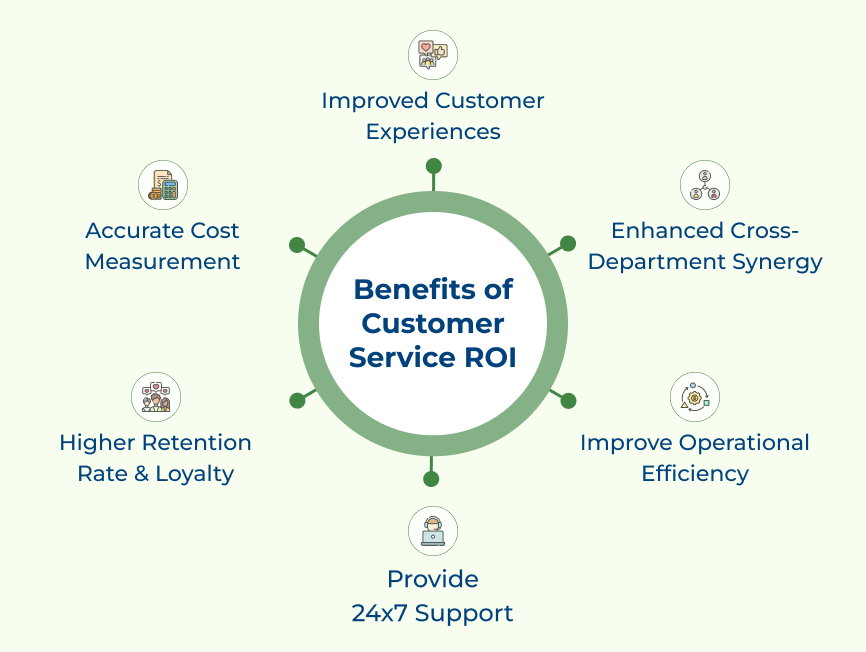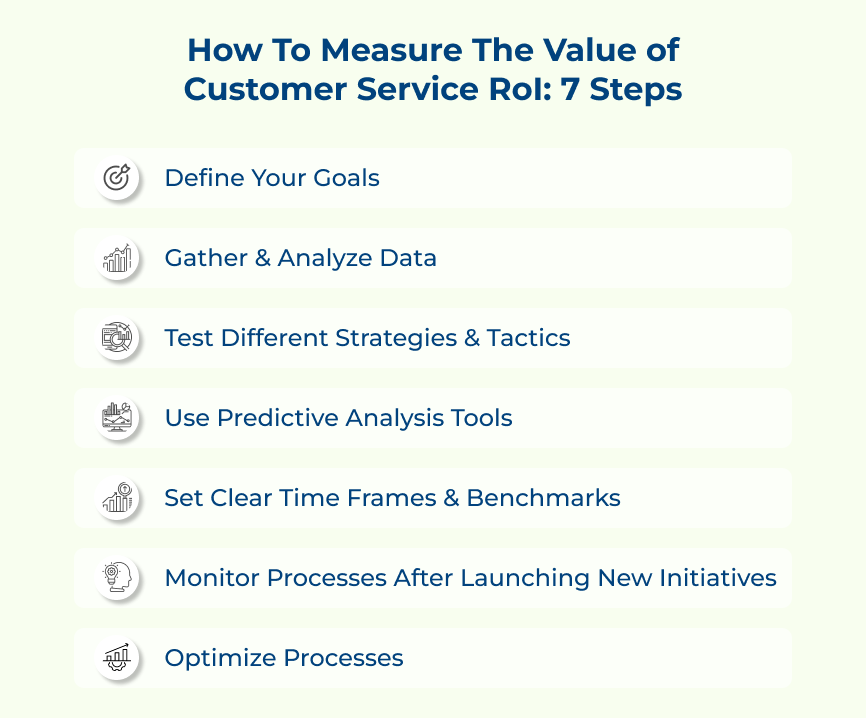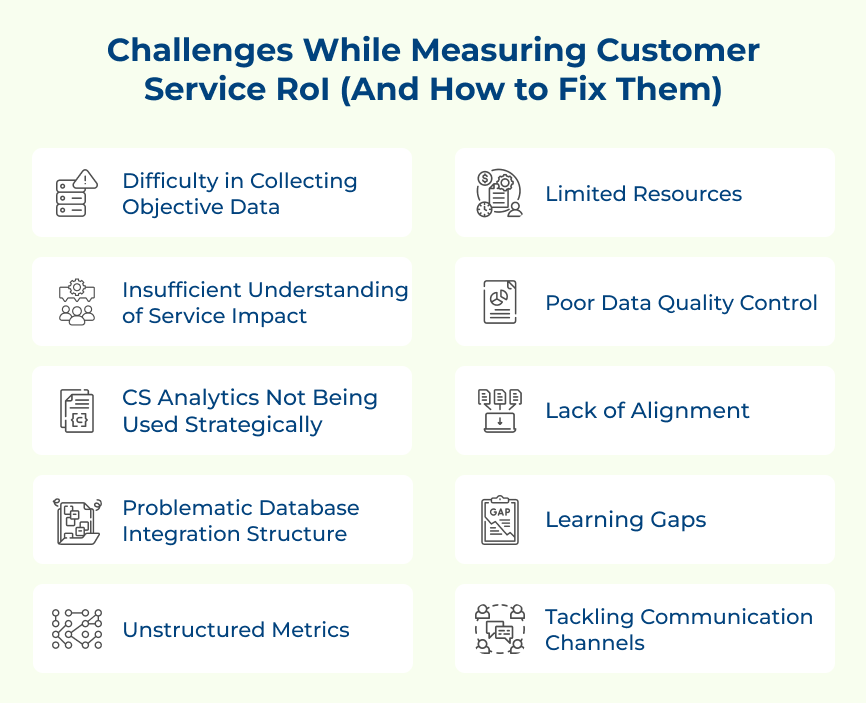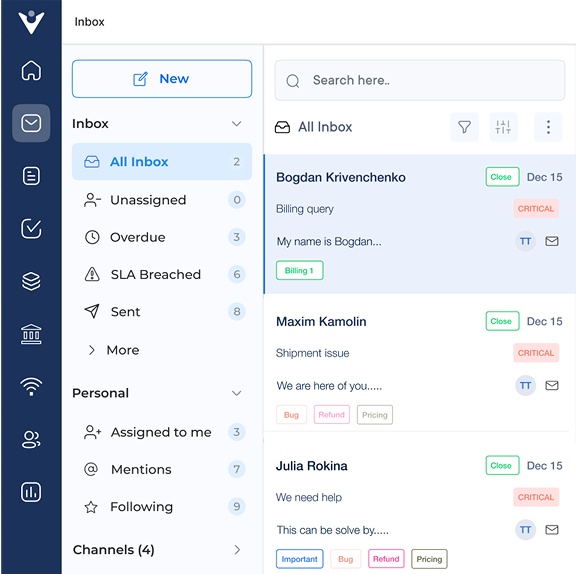-
Offer Omnichannel Support
Companies can maximize their ROI by offering customers multiple channels of communication such as email, phone, chat, social media and even a website. Your customers spend their days on their devices — 4.8 hours a day, on average — and they spend their screen time switching between apps constantly. You can give customers the option to select their preferred method of contact while ensuring that they receive a quick and positive ROI of customer experience.
A retail company implemented an omnichannel approach by integrating its website, social media, chat and phone lines. Customers could start a conversation on social media and seamlessly continue on chat, increasing customer satisfaction.
-
Self Serve Customers with a Knowledge Base
Offering a knowledge base through text, multimedia or self-service videos will help your customers find answers to their questions quickly and efficiently. It reduces the amount of time you have to spend fielding calls or emails from frustrated customers.
A software company introduced a comprehensive knowledge base containing FAQs, troubleshooting guides and instructional videos. It empowered customers to resolve common issues independently, reducing support ticket volume and freeing up customer service agents to handle more complex inquiries.
-
Measure Your Customer Service Team Performance with SLAs
Putting Service Level Agreements (SLAs) in place and measuring your team’s performance against those SLAs will help ensure that each customer query is handled effectively. It will also ensure that it is handled within the expected time frame. They can also provide helpful metrics that monitor customer conversion rates and customer satisfaction ratings.
Let’s assume a telecommunications company sets Service Level Agreements for response times and resolution rates. It led to improved team efficiency, better accountability and increased customer trust as they knew their issues would be addressed within specified timeframes.
-
Use Automation, If Appropriate
Automating processes such as billing or payment processing can reduce human error and minimize administrative costs associated with manually-intensive tasks. Utilizing automated systems also allows customers to interact electronically with the business. It eliminates the need for phone calls or emails resulting in higher efficiency within your customer support team
Imagine an e-commerce platform that automated its order processing and tracking system, enabling customers to receive real-time updates about their purchases. It reduced manual errors and enhanced the ROI of customer experience by providing instant information.
-
Measure Metrics & Analyze Data
Analyzing the data collected through various customer service activities allows you to continually identify areas of improvement that require more attention to maximize ROI. Performance metrics such as response times, issue resolution rates and rates of follow-up contact with customers are key measurements used by many businesses.
Think of a technology startup closely monitoring its metrics like average response time and customer satisfaction ratings. Analyzing the data points allowed them to identify peak support hours, allocate resources more effectively and maintain high levels of customer satisfaction.
-
Adopt a Customer-centric Approach
Your organization’s success depends on its ability to provide exceptional customer experiences throughout the entire interaction cycle from initial contact through post-transaction care. Adopting a customer-centric approach focused on resolving problems quickly, efficiently and professionally will help boost overall satisfaction levels among existing and potential customers alike.
Consider an airline company that embraced a customer-centric philosophy by providing personalized assistance throughout travel journeys. The approach increased customer loyalty as travelers felt valued and well cared for during every step of their experience.
-
Follow Up with Customers After Every Interaction
After each transaction, it’s important to follow up with a thank you message along with details about how they may contact your business in the future. The first follow-up email is the most effective, boosting the reply rate by 49%. Following up helps build relationships between you and your customers which can create repeat buying behavior along with referrals. Both the ideal outcomes contribute significantly where profitability is concerned.
Let’s take an example of an online retailer sending personalized thank-you emails to customers after purchases. The emails not only expressed gratitude but also included links to customer support resources, encouraging customers to return if they needed further assistance.
-
Provide Quality Customer Service Training
Ensuring your customer support team is properly trained to handle customer inquiries will save time and money in the long run. Without proper training, employees are likely to lack the skills needed to effectively deal with customers. It leads to prolonged resolution times which will eventually affect customer satisfaction. Implementing employee training initiatives that cover topics such as product knowledge, problem diagnostics and solutions should lead to improved communication.
Assume a hospitality chain invested in comprehensive training for its front-line staff, covering empathy and problem-solving skills. It led to fewer escalated issues, faster resolutions, and higher customer satisfaction scores.
Challenges While Measuring Customer Service ROI (and How to Fix Them)
We will now go through the common obstacles businesses often face in measuring customer service ROI along with actionable strategies to overcome them.















